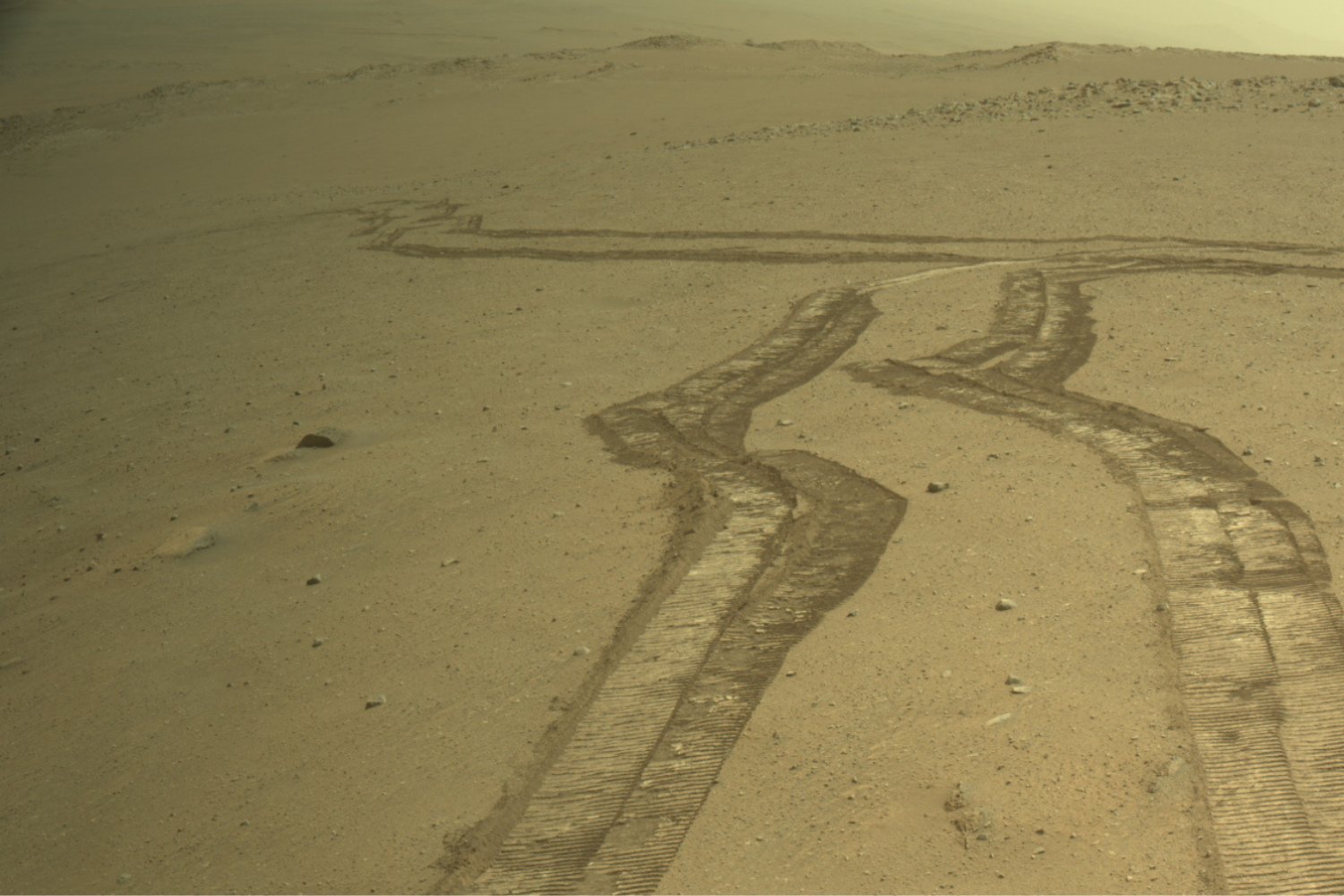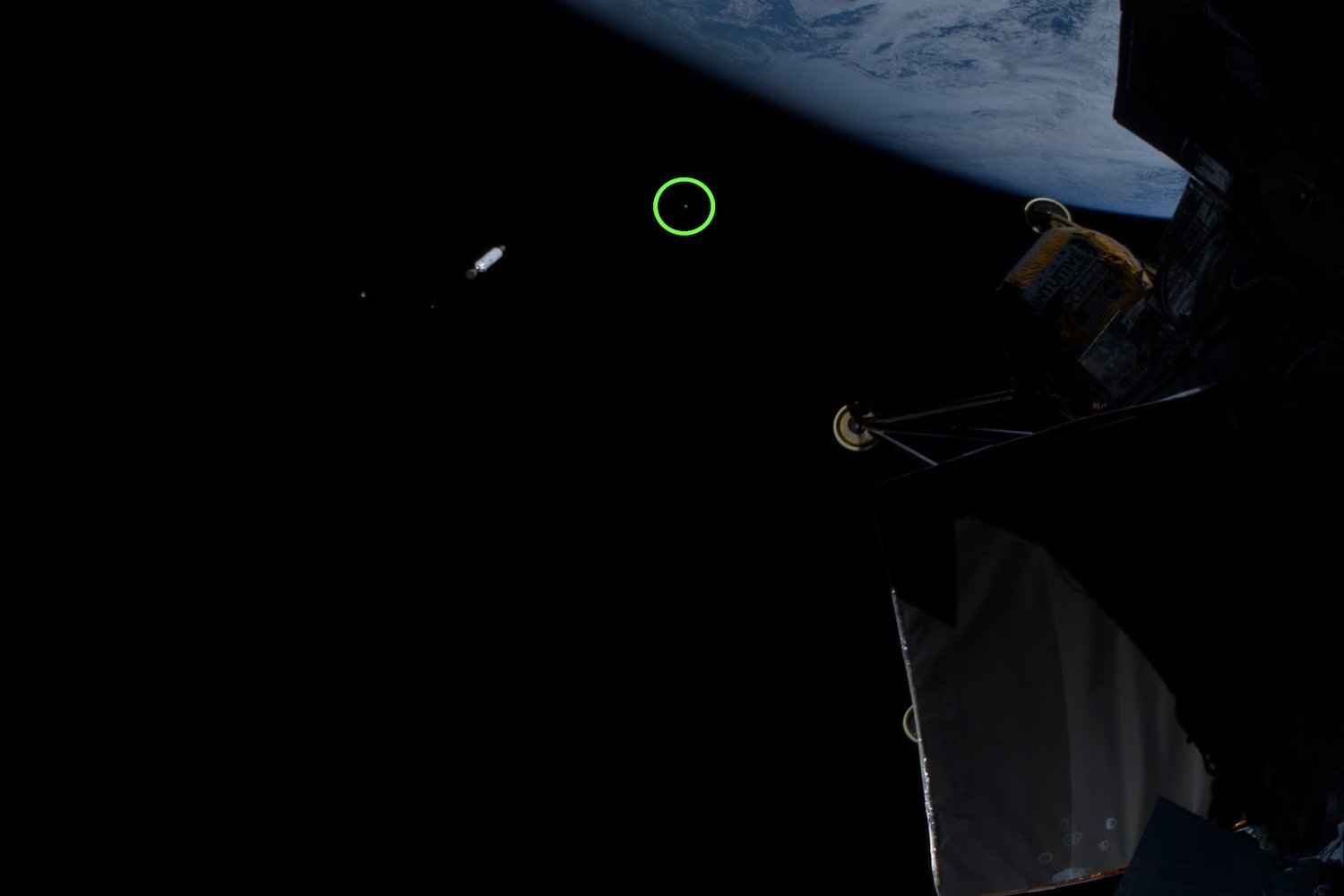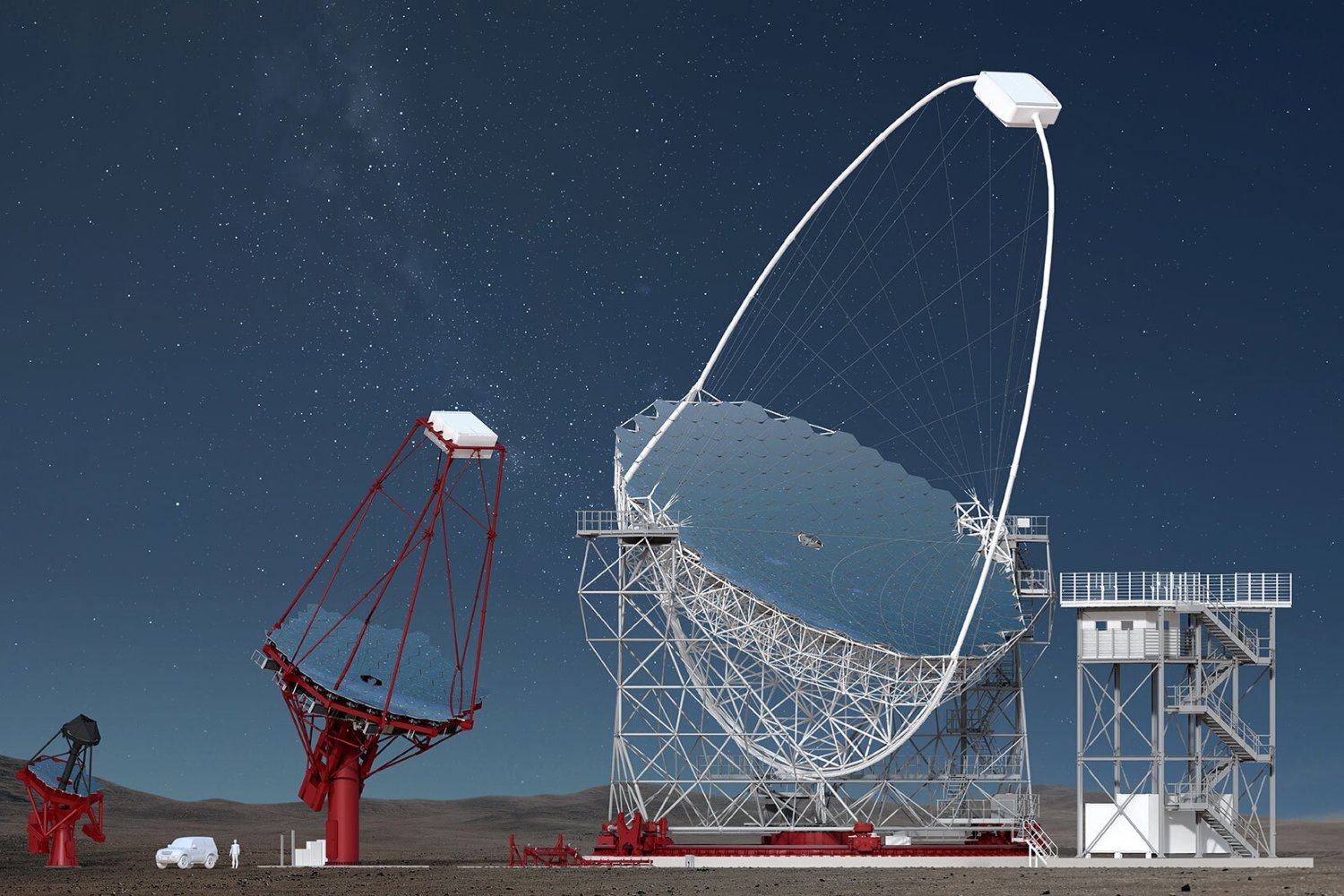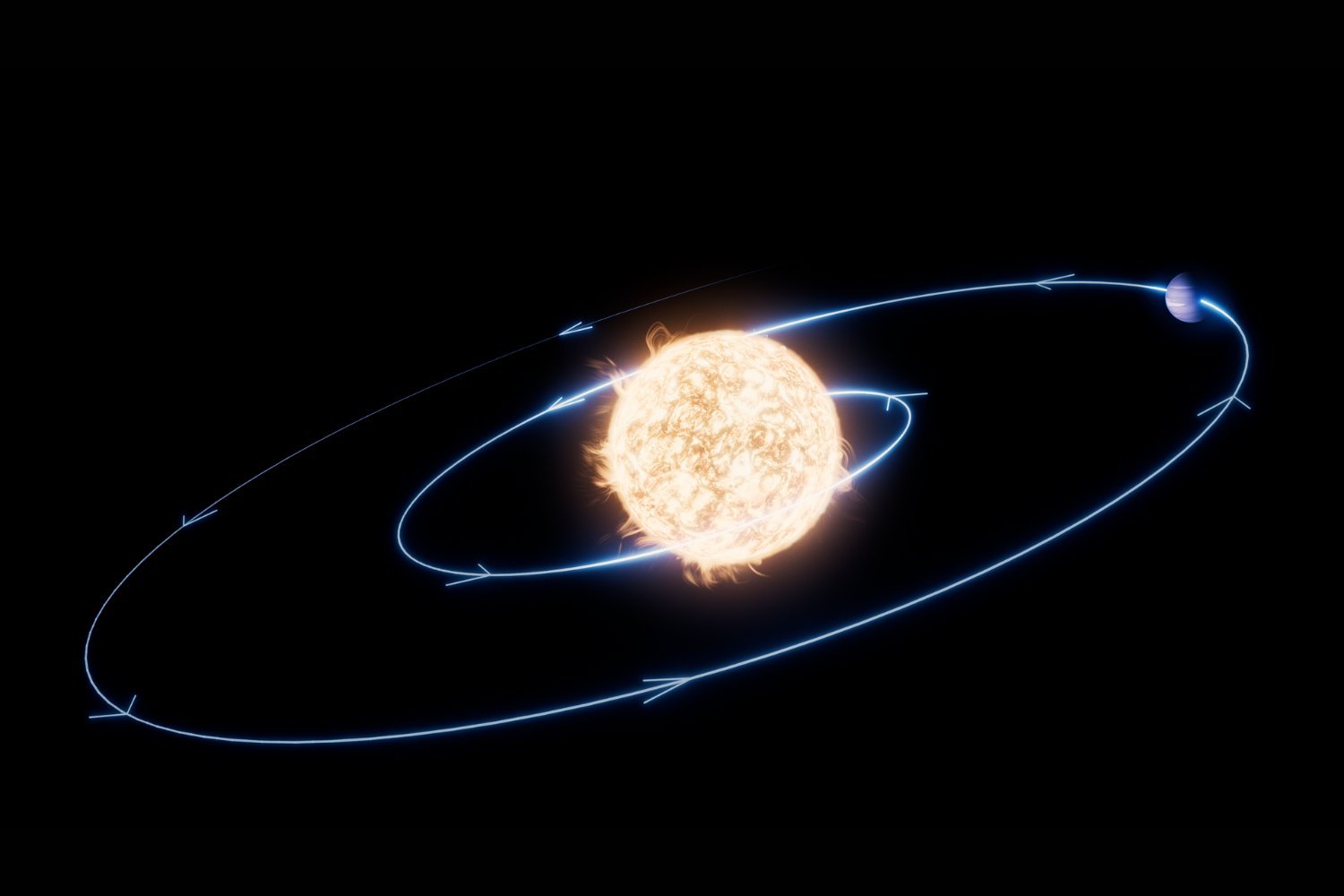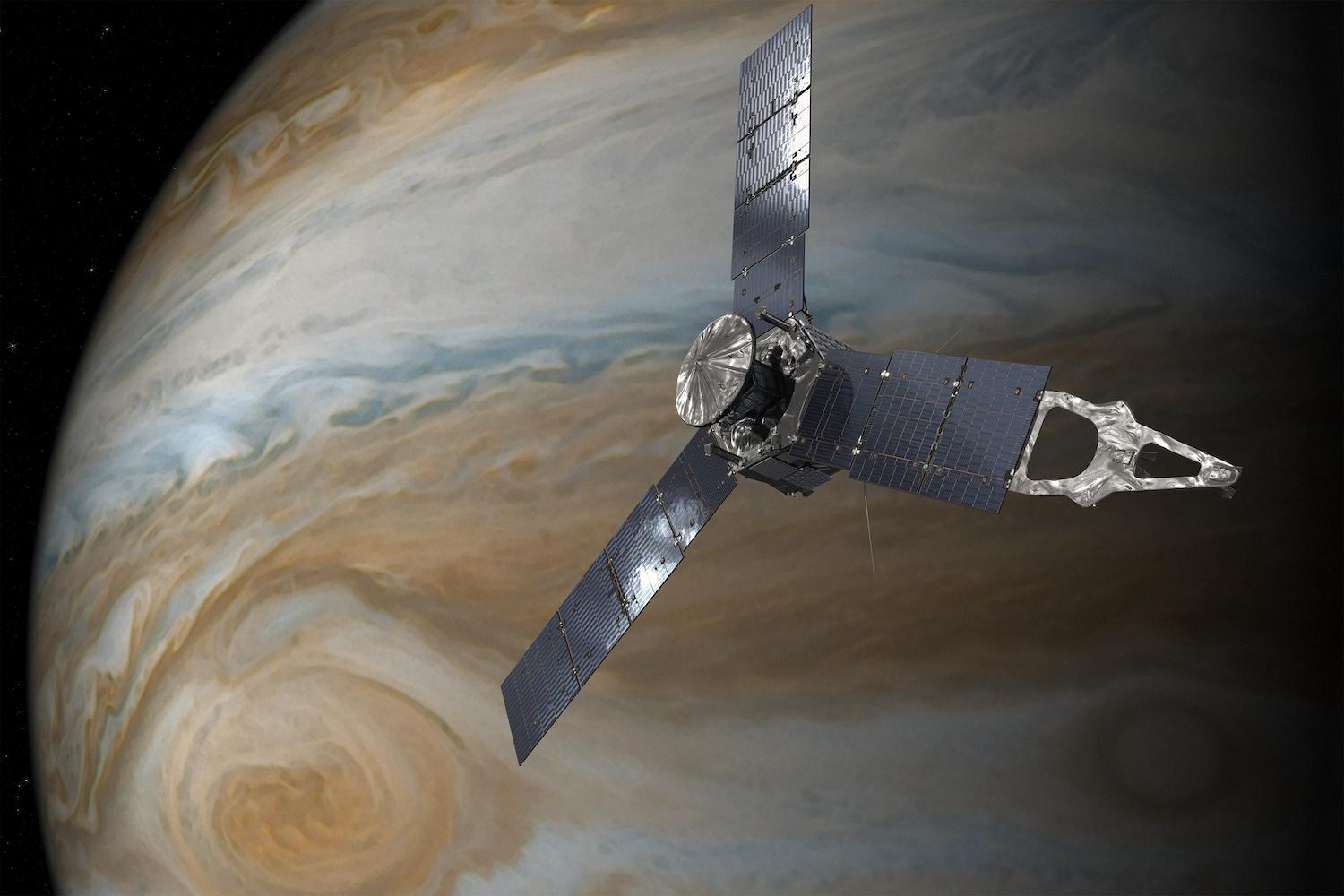The Earth’s changing climate impacts more than just our oceans, wildlife, and agriculture; it extends to the space surrounding our planet. New research suggests that increasing greenhouse gas concentrations will shrink Earth’s upper atmosphere, significantly reducing its capacity to hold satellites.
This concerning prediction comes from MIT scientists who used simulations of carbon emissions to model changes in low Earth orbit (LEO). Their findings, published in Nature Sustainability, indicate a dramatic decrease in LEO’s satellite-carrying capacity. As the upper atmosphere contracts, space debris persists longer, reducing atmospheric drag and escalating the risk of collisions. By 2100, the carrying capacity of the most frequently used orbital regions could plummet by 50% to 66% due to greenhouse gas effects.
“Rising greenhouse gas concentrations warm the troposphere where we live, but they cool and contract the upper atmosphere—the stratosphere, mesosphere, and thermosphere,” explains William Parker, a graduate student in aeronautics and astronautics at MIT. “The thermosphere is crucial for creating drag on orbital debris, gradually removing it from space. However, as the atmosphere contracts, debris remains in orbit longer, increasing the risk of a catastrophic cascading collision scenario.”
The thermosphere is home to the International Space Station and the majority of Earth-orbiting satellites. Currently, over 10,000 satellites occupy LEO. With increased greenhouse gas emissions, the likelihood of collisions between spacecraft rises, generating more space debris. This, in turn, limits the number of satellites that can operate safely in LEO within current risk thresholds.
Greenhouse gases function like a blanket, warming the troposphere by insulating the surface and reflecting heat back towards the ground, Parker explains. This trapped heat in the troposphere means less heat reaches the upper atmosphere. Furthermore, greenhouse gases radiate the heat that does reach the upper atmosphere out into space.
“These two factors contribute to long-term cooling in the stratosphere, mesosphere, and thermosphere, leading to contraction,” Parker adds. “Imagine putting a balloon in a freezer; as the temperature drops, the balloon shrinks.” This same principle applies to the upper atmosphere on a global scale.
The researchers simulated various scenarios for the next century. One scenario maintained greenhouse gas concentrations at 2000 levels, while others projected changes based on the Intergovernmental Panel on Climate Change (IPCC) Shared Socioeconomic Pathways (SSPs). The scenarios with increasing emissions resulted in a significantly diminished LEO carrying capacity.
“Without an atmosphere, most space debris would remain in orbit indefinitely,” Parker notes. “As the atmosphere thins, debris lingers, increasing the risk to active satellites. With the growing consequences of space debris, we can tolerate fewer debris-generating events.”
The study warns that exceeding satellite capacity in a specific region could trigger “runaway instability,” a cascade of collisions generating so much debris that satellites could no longer operate safely there. This reduced capacity comes as the space industry experiences unprecedented growth, with increasing demand for spacecraft in Earth orbit. In 2023 alone, there was a 35% increase in the total number of active satellites, a trend likely to continue.
The researchers advocate for proactive measures today, including more judicious decisions about the number of satellites launched. “More satellites have been launched in the last five years than in the preceding 60 years combined,” Parker states. “A key question we’re trying to answer is whether the current trajectory is sustainable.”
The implications of this research are significant. As the space industry continues to expand, the shrinking capacity of LEO due to greenhouse gases poses a serious challenge. Addressing this issue requires international cooperation and innovative solutions to ensure the long-term sustainability of space operations.




